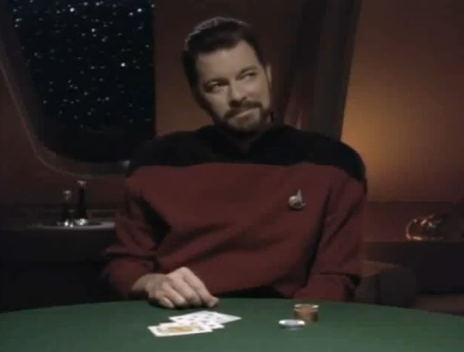Physicist: As long as the person who cut the straws: 1) takes the last remaining straw and 2) has a decent poker face (or doesn’t know which is which), then it’s completely fair. If they have a bad poker face, then it’s better to be first.

If the person who cuts and holds the straws has a terrible poker face, then the first few people have an advantage.
The quickest way to see why is to imagine a slightly different way of drawing straws. Instead of drawing straws, draw cards where all but one are black (for example). Everyone takes a card and afterward everyone turns their card over; the one red card is the “short straw”. In this case it should make sense that no person is more or less likely to get the red card for the same reason that it’s no more or less likely for any particular card to be any particular place in a deck. The fact that when drawing straws we pull one at a time and generally stop halfway through (whenever the short straws appears) makes it fell like the situation is different, but it’s not.
Say you’ve got N peeps (people). The first person to draw a straw is the least likely to draw the short one (1/N) and the last to draw is the most likely (1/2). However! While the later people are more likely to draw the short straw, they’re also less likely to pull any straw since it’s more likely that the short straw has already been drawn. In movies they almost always draw every straw because of drama, but in practice, you draw until the short one shows up and then you stop.
The early people are least likely to draw the short straw while the later people are least likely to draw at all. If you write down the math you find that the effects balance out exactly. So here’s the math written down:
You’ve got N peeps named One, Two, Three, etc. (probably siblings).
The first person has N straws to choose from and their probability of getting the short one is . Easy enough. The second person has N-1 straws to choose from, so you might expect that their chance of drawing the short straw is
. But that’s not the probability that counts. What counts is the probability of drawing the short straw given that it hasn’t been drawn already. That probability is
.
is the probability that the first person did not already draw the short straw.
By the time it’s the Jth person’s turn there are N-J+1 straws remaining. The probability that the short straw is among them (the probability that it hasn’t been drawn already) is . And if it hasn’t, then the probability of drawing it is
. So, all in all, the probability of the Jth person drawing the short straw is
.
Finally, the last person to draw is the person who cut the straws. This person’s choice is random because everyone else’s choices were random: knowing which straw is which doesn’t change that.







I don’t understand why having a good poker face affects your odds. What exactly are you imagining by them having a “bad poker face”? Are you saying that when you walk up to pick a straw and have your fingers going from straw to straw, the expression on their face will reveal which one is the short one before you finish choosing?
I love these articles!
@Nathan Wailes
Exactly.
Good article, as usual. But what you are calling “Bayes Theorem” is not. Bayes theorem relates P(A|B) to P(B|A). The identity you wrote down is useful in deriving it, though.
@Lee Phillips
Crap! That was a vestigial paragraph from a more confusing draft that did include that derivation. Fixed.
Would you mind adding the vestigial paragraphs that include the derivation into the gravy section? Love this website by the way.
thanks for clearing this up!
What if its ranked so the highest card is the best and the lowest card the worst but everyone still draws a card. Would it be better to go first even though you’re least likely to pull the top or does the probability even out as it does in this problem?